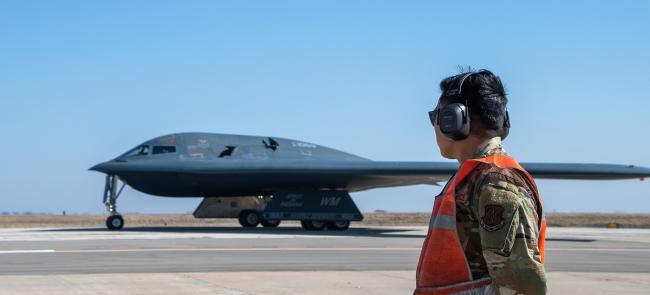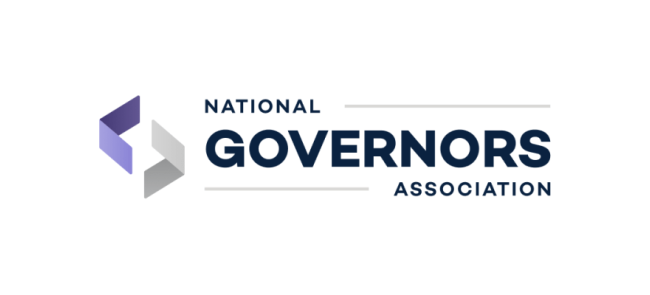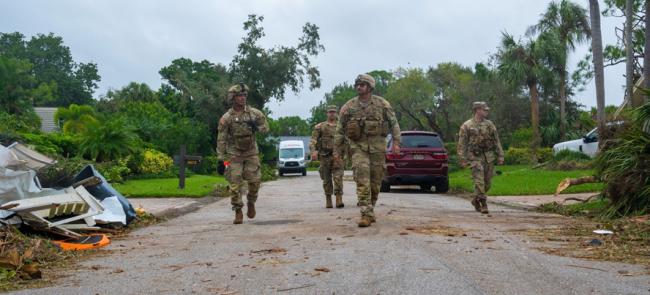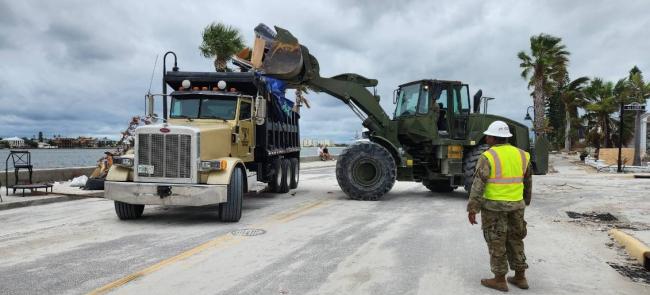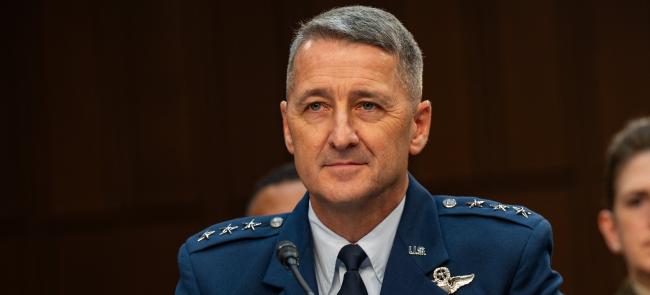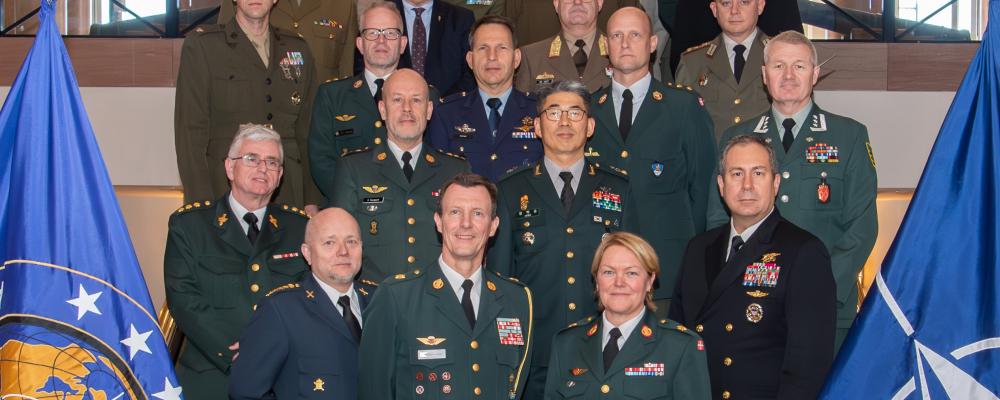
The National Guard Memorial, the NGAUS headquarters in Washington, D.C., last week hosted military officials from 23 nations to discuss how NATO leverages its members’ reserve forces.
NATO’s National Reserve Forces Committee discussed how reserve forces like the National Guard are critical to NATO’s operations during a time of rising tensions worldwide.
"No nation has enough manpower," said Lt. Col. Bo Stenhuus, who serves in Denmark’s army reserve.
"Even though the United States is still the strongest military power on Earth, I believe if everything goes wrong, they also have to rely heavily on reserves," added Stenhuus, the acting staff officer for Denmark’s NRFC delegation.
Founded in 1981, the NRFC represents current and future reservists in NATO member nations who have military and civilian roles.
Danish Brig. Gen. Charlotte Ployart Wetche currently serves as the NRFC’s chair, a two-year commitment begun in July 2022.
Last week’s event attracted about 65 attendees, who attended presentations on topics including mobilization and artificial intelligence.
Attendees also toured the National Guard Memorial Museum and visited the Pentagon and Arlington National Cemetery in Arlington, Virginia.
Denmark’s Prince Joachim even provided a briefing on military-civilian cooperation Feb. 6.
The event gave attendees a chance to share best practices and policies for utilizing reserve forces in an unclassified environment ripe for networking opportunities, Stenhuus noted.
"You cannot just call the U.S. military to say, 'How do you deal with that?'" he said. "It is much easier if you have the contact for the person that’s actually responsible for reserve matters."
The NRFC’s winter meeting drew participants from around the globe, with some visitors traveling from non-NATO allies including Australia, New Zealand and South Korea.
Denmark’s delegation needed 10 hours to reach Washington, D.C., Stenhuus stated.
Created in 1949, NATO is a military alliance made of members nations pledged to defend one another from external attacks.
Most NATO members hail from Europe, which has been experiencing its worst military combat in decades since Russia invaded Ukraine in February 2022.
While Guardsmen aren’t directly involved in the conflict, many have participated in missions in Europe since the hostilities started.
Take Task Force Gator, a group of about 165 Florida Army Guardsmen who left Ukraine in February 2022 before Russia attacked.
Before the invasion, many of these Guardsmen were educating Ukrainian service members about how to build a Western-style military.
In January, Task Force Thunder, which is made up of Mississippi Army Guardsmen, took over the same mission from Task Force Bowie, which was comprised of Arkansas Army Guardsmen.
In June, the Guard also provided much of the airpower behind NATO’s largest-ever air exercise.
The Air Guard sent 46 wings from 35 states to the exercise, alongside roughly 100 aircraft.
Rear Admiral Don M. Plummer, the reserve vice director for joint force development, J7, joint staff, said the NRFC's winter meeting was a valuable opportunity for other nations' militaries to learn about the Guard.
"Understanding the National Guard better allowed for more fruitful and meaningful conversations throughout the week, as many of our allies and partners have home defense or territorial defense forces whose missions are very similar to our own National Guard," he said.
— By Mark Hensch

